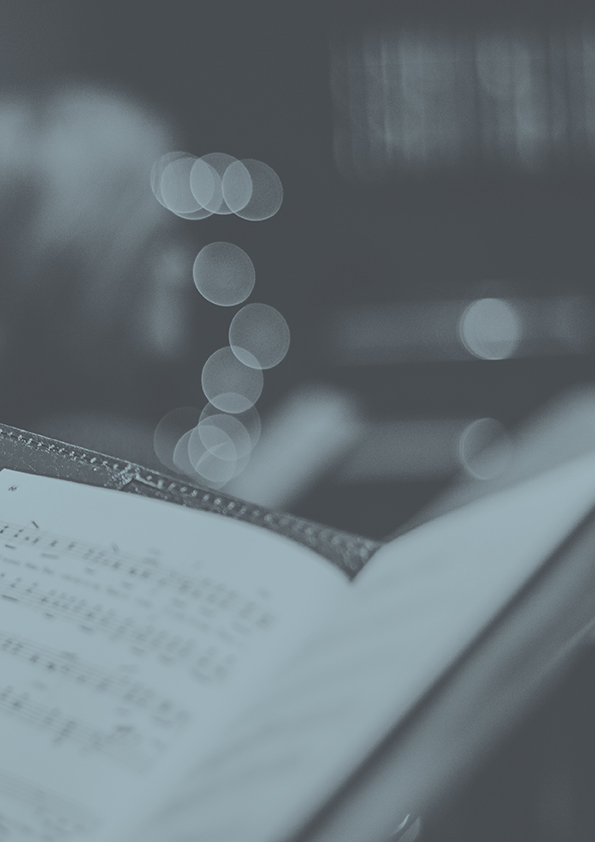| Product ID | SON00001873 |
| Composer | Ardashes Agoshian |
| Duration | 18:00 min |
| Genre | Contemporary |
| Instrumentation | Double bass (Contrabass) |

Offert par Sonolize, Ofrecido por Sonolize, Oanbean troch Sonolize.

Romeo & Juliet
| SKU | SON00001873 |
| Composer | Ardashes Agoshian |
| Arranger | |
| Genre | Contemporary |
| Instrumentation | Double bass (Contrabass) |
| Free description | Concerto for double bass and mixed choir |
| Grade | 4 |
| Duration | 18:00 min |
| Year | 2011 |
Program Notes
Concerto for double bass and mixed choir
This concerto entitled "Romeo and Juliet" extends between the lines. A revisiting of Shakespeare's timeless play of the same name through Romeo's eyes, it opens with that poignant moment when Romeo finds out Juliet's death (the first cadence) and culminates in his reunion with her "with a kiss" (Act 5, Scene 3). The rest is a flashback of a schizophrenic mind to the time when he declares his love for Juliet and to his recollection of that moment of the news of her death. What lies beneath "Romeo and Juliet" the play is love and death. This is why these two are blended and condensed into that moment in the concerto. That moment of Romeo's shock and his ensuing madness and suicide, which would supposedly be measured in seconds, is expanded into an 18-minute concerto, including the three improvised cadences, which must become more developed in terms of technique as the piece progresses to find its correspondence in Romeo becoming more skilled in the sonnets he recites paralelling his maturing character. There is a parallelism between the form of the concerto and the plot in my mind. The Prologue is the Bard's pledge that he will remain true to the clock as much as possible. However, in the same way as the mother text remains disloyal to this pledge by disrupting the chronological time in life to provide a frantic atmosphere by means of mainly linguistic devices, the concerto employs artistic time marked by tempo changes or fermatas. The tempo speeds up from the beginning until Romeo's first vision of Juliet. Then a fermata follows it, symbolically serving to restrain Romeo from committing suicide. While, after that brief pause, he remembers that poignant moment and his heart starts to beat faster and faster with the poison in his hand, the tempo gradually speeds up once more as things rush to the catastrophe, culminating in his suicide in the Coda. Meanwhile, the chorus constantly reminds him of the fact that "Juliet is dead".